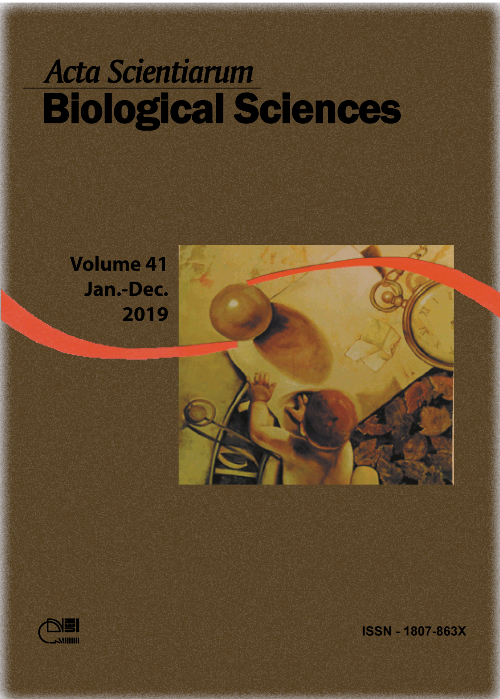In vitro propagation of lemon verbena: a plant native of South America
Resumo
In vitro propagation increases the supply and commercialisation of products of interest. For this, optimising the growing conditions and the composition of the culture medium is crucial to benefit the full development of the plants. Thus, the objective was to evaluate the in vitro propagation of Aloysia triphylla on different culture media, with varying agar and sucrose concentrations. The experiment was conducted as a completely randomised design, 3×3×3 factorial scheme, with three culture media (MS, JADS and WPM), three sucrose concentrations (8, 10 and 12 g L-1) and three agar concentrations (15, 30 and 45 g L-1), with three replicates each and experimental units composed of one plant per replicate. After 25 days of cultivation, the fresh and dry mass of the plants, numbers of leaves, numbers of nodes, plant lengths, numbers of oxidised leaves, hyperhydricity and acclimatization percentages were evaluated. The WPM medium resulted in a reduced fresh mass, reflecting in the low hyperhydricity observed in the explants, and favoured the acclimatization of the plants. Thus, the WPM medium with sucrose (15 g L-1) and agar (12 g L-1) is recommended as the medium most suitable for the in vitro regeneration of Aloysia triphylla.
Downloads
DECLARAÇÃO DE ORIGINALIDADE E DIREITOS AUTORAIS
Declaro que o presente artigo é original, não tendo sido submetido à publicação em qualquer outro periódico nacional ou internacional, quer seja em parte ou em sua totalidade.
Os direitos autorais pertencem exclusivamente aos autores. Os direitos de licenciamento utilizados pelo periódico é a licença Creative Commons Attribution 4.0 (CC BY 4.0): são permitidos o compartilhamento (cópia e distribuição do material em qualqer meio ou formato) e adaptação (remix, transformação e criação de material a partir do conteúdo assim licenciado para quaisquer fins, inclusive comerciais.
Recomenda-se a leitura desse link para maiores informações sobre o tema: fornecimento de créditos e referências de forma correta, entre outros detalhes cruciais para uso adequado do material licenciado.












1.png)




3.png)













